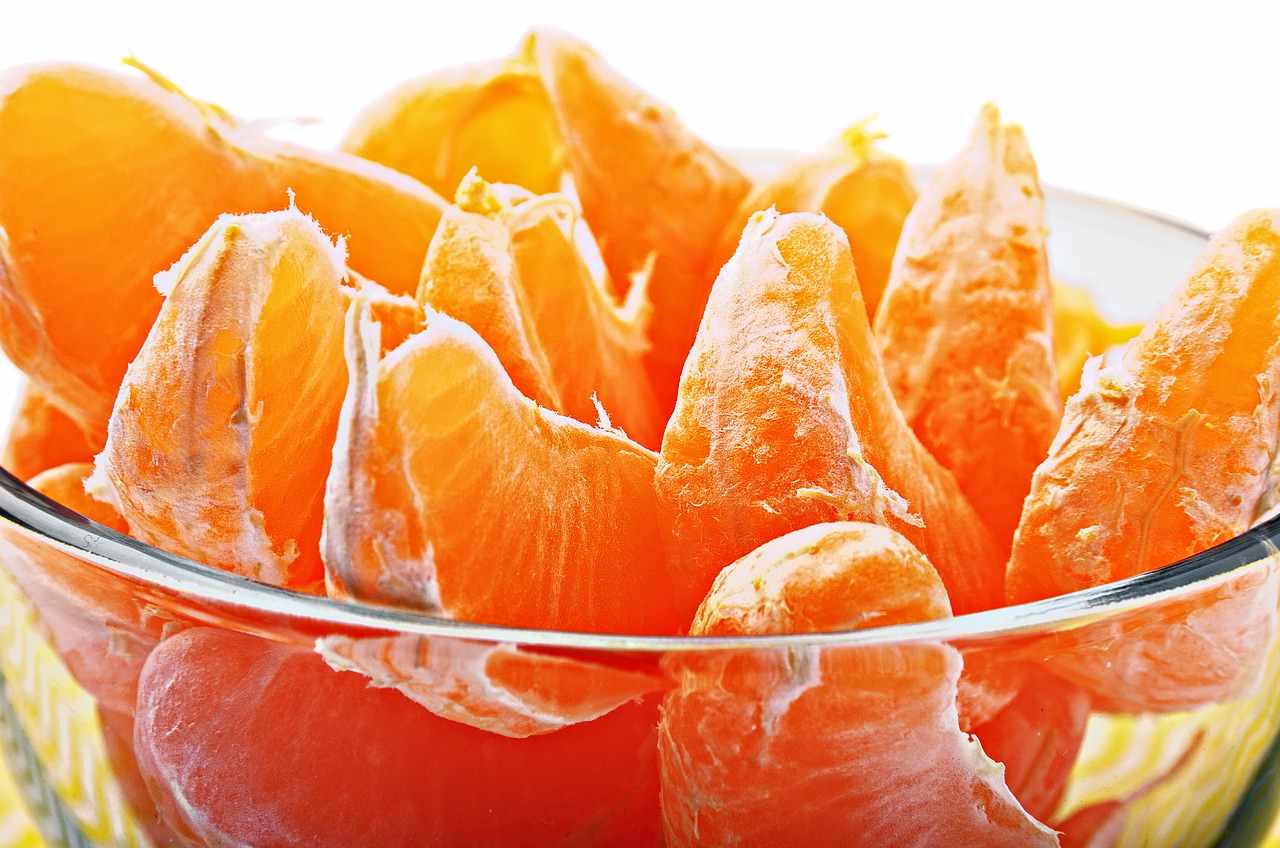To lower the glycemic index of mandarin it should be combined with vegetables. Good for this are the salads with cabbage, celery, endive, parsley and extra virgin olive oil. Avoid tangerine juices.

How to lower blood sugar with tangerine?
Mandarin is a low glycemic index food. It helps in the fight against high blood sugar, but you must not exceed in quantity. Even if its taste is sour and it is not one of the main sugary fruits, it contains simple sugars that should not be taken in excessive doses. Mandarin can be eaten with salads. Finely slice the cabbage, slice the celery. Break up the endive. Peel a tangerine or two and cut the wedges in half. Blend the shallot, a pinch of salt, parsley and 40 g of oil. Serve with the salad.
Can anyone with high blood sugar eat tangerine?
The important thing is not to overdo it. Among the most consumed fruit, the one with a high load also has a rather significant glycemic index. Diabetics should beware of tangerine. If the meal has been balanced, that is, the carbohydrate share within 80 g of a first course, with a protein source and a large portion of vegetables, then a portion of fruit in the end may also be fine. The mandarin should be kept away from the meal. To get all the benefits of mandarin, it should be eaten whole, after peeling it and dividing it into wedges.
Which vegetable lowers blood sugar?
Asparagus helps type 2 diabetes sufferers by keeping their blood sugar in check. In fact, they decrease the concentration of sugar in the blood and stimulate the pancreas to produce more insulin. Asparagus is suitable for a purifying diet. They are diuretic and purifying. They are rich in folic acid which is very important for pregnant women and those suffering from anemia. They possess calcium, phosphorus, potassium. They play an important role in the fight against water retention and cellulite. They stimulate blood circulation and regulate blood pressure. They have an important anti-inflammatory effect. The carotenoids they contain have a protective function for the skin and liver functions.
What fruit should a diabetic not eat?
Bananas are not good for the diabetic. We must avoid eating them ripe. In these cases they contain a lot of sugar and become the number one enemy of diabetes. The mature ones have a high glycemic index: 60. You can use the unripe and green ones. Here are some of the benefits bananas bring:
- They increase the sense of satiety.
- They are beneficial for the heart.
- They are antidepressants and reduce stress.
- They protect the sight.